Imagine being able to meditate without feeling any pain in your joints and muscles. How would that feel? How would that improve your meditation experience?
You might think that this is impossible, but it’s not. In this article, you will discover some effective ways to reduce pain while meditating.
Before starting, let’s understand this pain first
Some discomfort is normal when you meditate. It’s part of the learning curve, especially as you advance in your practice. You will get to a stage where you can ignore your pain and body. This might seem hard, but it’s a rewarding experience. It enables you to sit longer, observe the pain, and not let it affect you.
Interestingly, sitting for a long time is not harmful to you. You can use cushions to make it more comfortable for you at first. Not everyone can immediately ‘separate from intense physical pain.’ It requires patience and practice to train your mind to do that.
However, this does not mean that you should ignore your pain completely. On the one hand, it is about practicing meditation while learning to ignore bold senses. On the other hand, it is also not wise to ignore these pain symptoms. If you feel unwell or feel like the pain is persistent. Perhaps it continues throughout the session and longer or repeats itself every time; then, you should see a doctor.
We are not here to give medical advice. So, if you feel like you want to train in mental resilience, then please do. But also, don't ignore the signs that your body might need help from medical professionals.
Optimal sitting angle for meditation
The optimal sitting posture for meditation is the most important factor for achieving a comfortable and focused state of mind and reducing pain during practice.
It allows you to breathe deeply and freely, helps with optimal blood flow, relaxes your muscles and joints, and maintains your balance and stability.
A key aspect of this posture is maintaining a slight forward tilt of the pelvis, which means your back should be slightly higher than the front. This subtle adjustment can significantly enhance blood flow and reduce discomfort, leading to prolonged focus and less distraction during meditation.
By adopting this posture, you can experience a more effective and fulfilling meditation session, free from the constraints of physical discomfort.
How do you know if you are at the right angle

You can achieve the optimal angle in 5 easy steps:
1. Pelvic angle
Sit down on a flat surface with your legs crossed or extended in front of you.
Place one hand on your genital/pubic bone and one hand on your tailbone.
Feel the difference in height between them. If your genital/pubic bone is higher than your tailbone (backward tilt), tilt your pelvis forward slightly by engaging your lower abdominal muscles and lifting your tailbone.
If your tailbone is higher than your pubic bone (forward tilt), tilt your pelvis backward slightly by relaxing your lower abdominal muscles and dropping your tailbone down.
2. Spinal alignment
Once you have found the optimal pelvic angle, check the alignment of your spine by placing one hand on your chest and one hand on your lower back. Feel the curve in your lower back, and ensure it is not too flat or too arched.
Then, feel your chest and make sure it is not too collapsed or too puffed out. Your chest should be open but relaxed, allowing your lungs to expand when you breathe.
Your shoulders should be low and relaxed, and your neck should be long but not stiff.
Your head should be aligned with your spine, with your chin slightly pulled in and your eyes softly closed or lowered.
3. Hip and knee angles
The next step is to adjust your hip and knee angles according to your flexibility level and comfort.
The ideal hip angle for meditation is about 90 degrees, meaning that your thighs are parallel to the floor when you sit down. The perfect knee angle for meditation is also about 90 degrees, meaning that your shins are perpendicular to the floor when you sit down.
These angles allow your legs to be relaxed but stable and prevent numbness or cramping in your feet or calves. However, not everyone can achieve these angles easily, especially if they have tight hips, hamstrings, or ankles.
If you feel this way, don't push yourself into a pose that hurts or stresses you. Instead, use some tools or changes to help you find a comfy sitting pose for meditation.
4. Foot placement
The next step is to put your feet in a way that helps your posture and alignment. Different foot placement choices depend on whether you sit on a chair, floor, or cushion.
We will talk about these choices in more detail later in this article.
5. Arm and hand position
The last step is to place your arms and hands in a way that supports your posture and relaxation. Depending on your preference and comfort, different arm and hand position options exist. Some of the most common ones are:
- Hands-on the knees
- Hands in the lap
- Hands in mudra

How to choose a sitting position for meditation
Meditation is generally an inclusive practice, no matter your race, religion, or background. That being said, body type does matter, and some people genuinely will have a much harder time starting or building the foundation to sit comfortably for longer periods of time.
However, your physical shape is not a limitation of your practice. Some people may need to work harder to develop the flexibility and strength that support their practice adequately. There is no shortcut to building pelvic flexibility or back muscle strength. It takes time and practice. The best thing is to try to stay patient and keep at it. Keep at it while retaining a joyful attitude towards your practice.
Let us explore the factors that can influence the level of physical discomfort:
- Your body type
People have different lengths of legs, heights of torsos, widths of hips, or sizes of shoulders. These differences can affect how comfy they are in different sitting poses. For instance, someone with long legs may prefer sitting on a chair rather than on the floor, while someone with short legs may like sitting on a cushion rather than on a chair.
- Your flexibility level
Some people have more movement in their joints, muscles, or ligaments than others. These differences can affect how well they can bend their knees, hips, or ankles in different sitting poses. For instance, someone with stiff hamstrings may struggle to sit cross-legged on the floor without curving their back, while someone with loose hamstrings may do it easily.
- Your personal preference
Some people have more liking or experience with certain sitting poses than others. These differences can affect their emotional or mental feelings in different sitting poses.
For instance, someone who grew up in a culture where sitting cross-legged on the floor is normal may find it more natural or respectful to do so during meditation.
In contrast, someone who grew up in a culture where sitting straight on a chair is normal may find it more handy or suitable to do so during meditation.
To help you choose a sitting position that suits your body type, flexibility level, and personal preference, we will introduce three main options:
- Sitting on a chair
- Sitting on the floor
- And sitting on a meditation cushion
1. How to sit in a chair for meditation

Sitting on a chair is one of the easiest and most accessible ways to sit comfortably for meditation. It does not require much flexibility or equipment and can be done anywhere with a chair.
Here are the steps to achieve a proper chair-sitting posture for meditation:
- Pick a chair with a solid seat and back but not too hard or soft.
- Change the chair height so your feet can touch the floor flat and your knees are at a right angle. If the chair is too high or too low, use a footrest or a cushion to help your feet or lift your seat.
- Sit on the front part of the seat, leaving some room behind your back. This will help you tilt your hips forward slightly and keep your spine straight.
- Put your feet hip-width apart and in line with each other. Your toes should point forward or slightly outward, not inward or sideways. Your ankles should align with your knees, not twisted or turned out.
- Put your hands on your thighs, with your palms facing down or up. Your arms should be loose, and your elbows should be a little bent. Your shoulders should be low and relaxed, and your neck should be long but not stiff.
- Lean back a bit until you feel the back supporting your upper back. Don't lean too far back or slump over. Keep your chest open but relaxed, letting your lungs fill up when you breathe.
- Keep your head over your spine, with your chin slightly pulled in and your eyes softly closed or lowered. You can also use a small pillow or a rolled-up towel to help your neck.
2. How to sit on the floor for meditation

Sitting on the floor is one of the most traditional and common ways to sit comfortably for meditation. It requires more flexibility and strength in the legs, hips, and ankles than sitting on a chair, but it also provides more stability and grounding for the body and mind.
Here are the steps to achieve a proper floor-sitting posture for meditation:
- Find a smooth and neat place to sit on, like a rug, a pad, or a sheet. You can also put a slim pillow or a folded cloth under your hips or knees for more comfort.
- Sit with your legs folded in front of you. Slightly tilt your hips forward by using your lower belly muscles and raising your backside up. This will naturally bend your lower back and keep your spine straight. Don't tilt your hips too far or curve your back too much.
- Put your hands on your knees, with your palms facing down or up. Your arms should be loose, and your elbows should be a little bent. Your shoulders should be low and relaxed, and your neck should be long but not stiff.
- Keep your head over your spine, with your chin a bit pulled in and your eyes softly closed or lowered.
3. How to sit on a cushion for meditation
Sitting on a cushion is the best way to sit comfortably for meditation. It combines some benefits of sitting on the floor and sitting on a chair.
It requires less flexibility and strength in the legs, hips, and ankles than sitting on the floor, but it also provides more stability and grounding than sitting on a chair.
- SUMA Classic: Ideal for new or light meditators, the SUMA Classic features a timeless, minimalistic design. It's a round meditation cushion that provides firm support, helping to maintain a painless posture. This cushion is perfect for those beginning their meditation journey or preferring a traditional sitting experience.
- SUMA Fold: For meditators who prefer longer sessions and have a restless mind, the SUMA Fold is a versatile choice. Its unique triangular, foldable design offers various sitting positions, allowing for extended meditation with less discomfort. This cushion is suitable for all.
- SUMA Manta: Specially designed for children aged 3 to 8, the SUMA Manta engages kids in meditation with its playful design. It's an effective tool for enhancing a child's mood and mental health, ideal for young beginners in meditation.
Here are the steps to achieve a proper cushion-sitting posture for meditation:
- After choosing the right cushion, place it on a flat, clean surface like a carpet, mat, or blanket. You can also place another cushion or a folded towel under your knees if needed.
- Given the buckwheat filling of these cushions, adjust the filling so your back is higher than the front. This helps maintain the natural curvature of the spine and promotes better posture.
- Sit on the front part of the cushion with your legs folded in front of you. The cushion will help you slightly tilt your hips forward and keep your spine straight.
- Put your hands on your knees or in your lap. Your arms should be loose, and your elbows should be a little bent. Your shoulders should be low and relaxed, and your neck should be long but not stiff.
- Balance your head over your spine, with your chin slightly tucked in and your eyes gently closed or lowered.
How to adjust your sitting position for meditation
After you pick a sitting pose that works for you, you may still need to change it sometimes during meditation. This is normal and okay, as no sitting pose is perfect or lasting. The key is to pay attention to your body and avoid pain or discomfort that can take you away from meditating. You can also change your pose according to your needs and likes as long as you keep the best sitting angle for meditation.
Here are some tips on how to change your sitting pose for meditation:
1. How to listen to your body
Pay attention to any sensations that arise in your body while you meditate, such as tightness, tension, tingling, numbness, or pain.
If you notice these sensations, try not to ignore or endure them. Instead, acknowledge them with kindness and curiosity, and see if you can ease them by making small adjustments in your posture, breathing, or awareness.
For instance, if you feel tension in your shoulders, you can try to relax them by rolling them back gently or taking a deep breath.
If you feel numbness in your feet, you can try to restore circulation by wiggling them slightly or changing their position. If you sense pain in your back, you can try to relieve it by straightening it slightly or placing a pillow behind it.
2. How to modify your pose
Sometimes, you may need to make bigger changes in your sitting position to make it more comfortable or suitable. This is fine if you do it mindfully and respectfully without disrupting yourself or others.
For example, if you find it hard to sit cross-legged on the floor for long periods, you can switch to another leg position, such as kneeling, sitting on your heels, or extending one or both legs in front of you.
If you find it hard to sit on a chair without slouching or leaning back, move to the front edge of the seat, place a pillow behind your back, or use a footstool to raise your feet.
Suppose you find it hard to sit on a cushion without losing balance or stability. In that case, you can use a lower or higher cushion, place another cushion under your knees, or sit closer to a wall or furniture for support.
Conclusion
To make your meditation sessions deeper and longer, you need to deal with any pain in your joints and muscles. This means choosing the right thing to sit on, like a cushion or a chair, and learning HOW to sit properly at the RIGHT ANGLE.
You also need to be strong enough to handle some discomfort but not too much. If you feel too much pain, don’t ignore it or push through it. Listen to your body and get help if you need it. That’s the best thing for your health.
By doing these things - picking the right seat, sitting well, being tough but not reckless, and caring for your health - you can make your meditation less painful and more enjoyable.



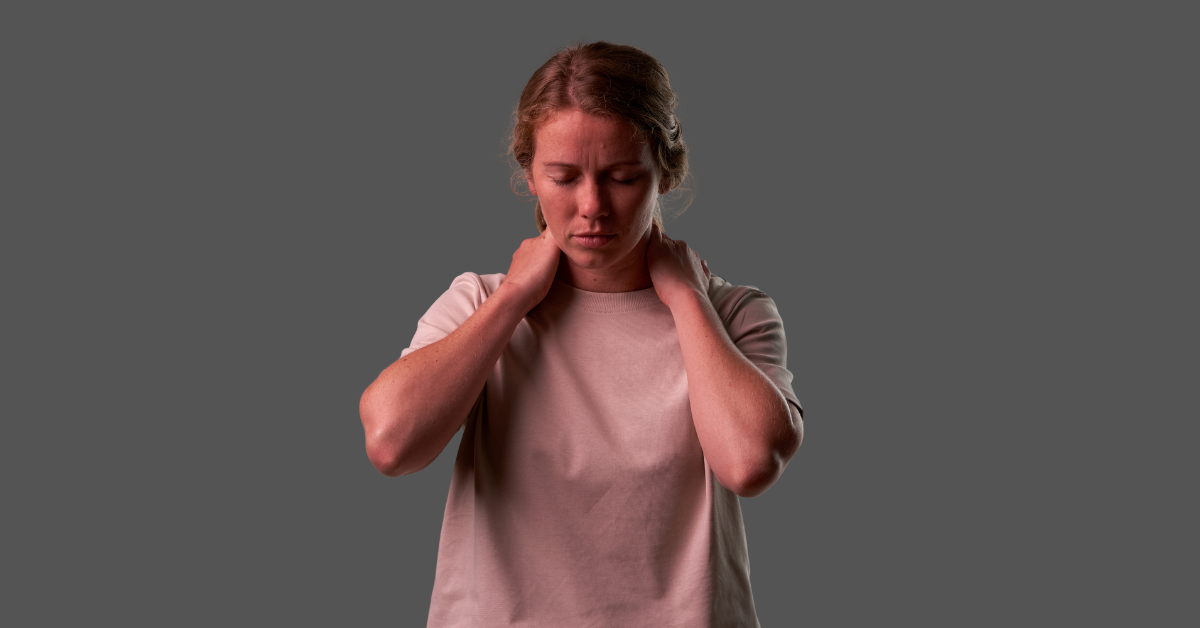



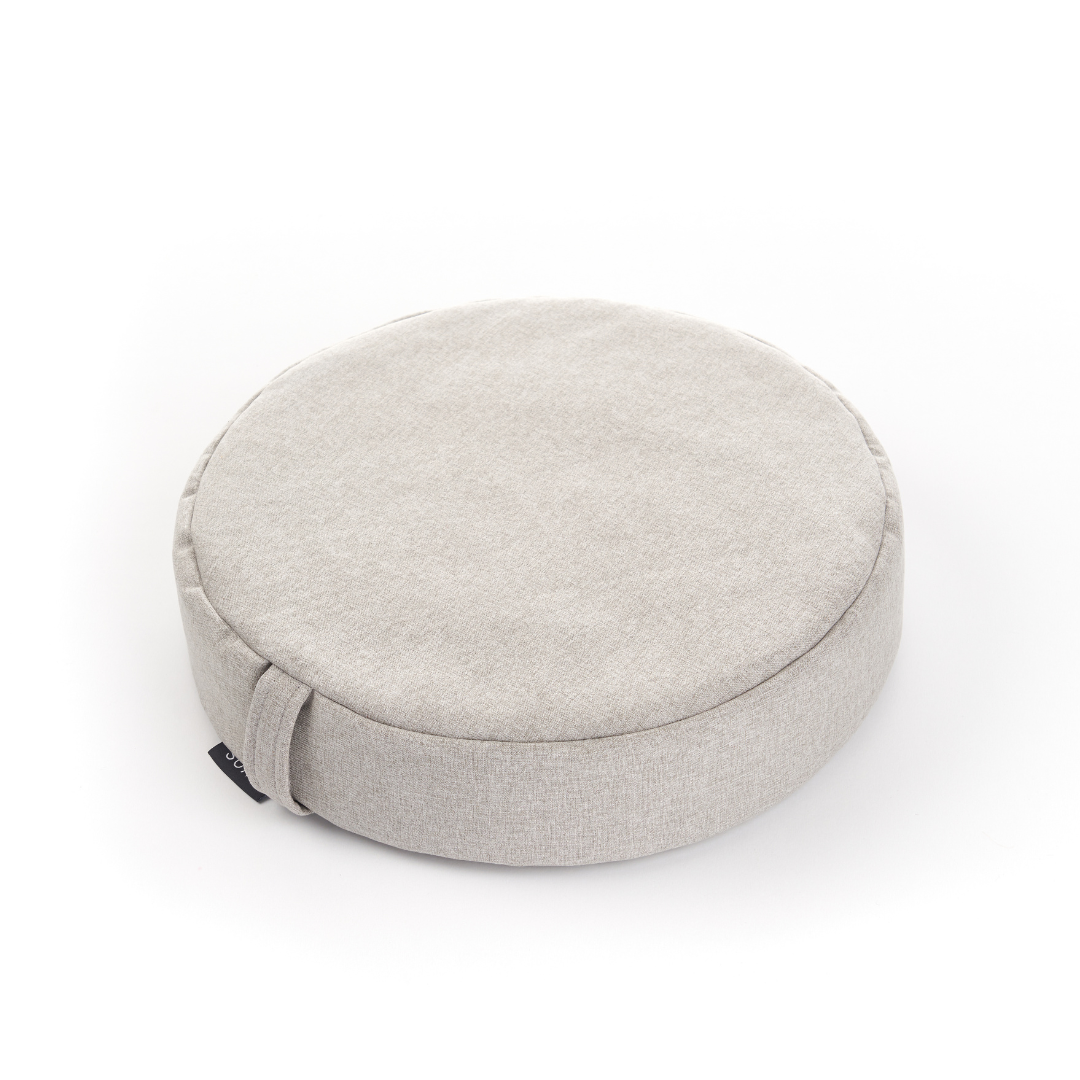
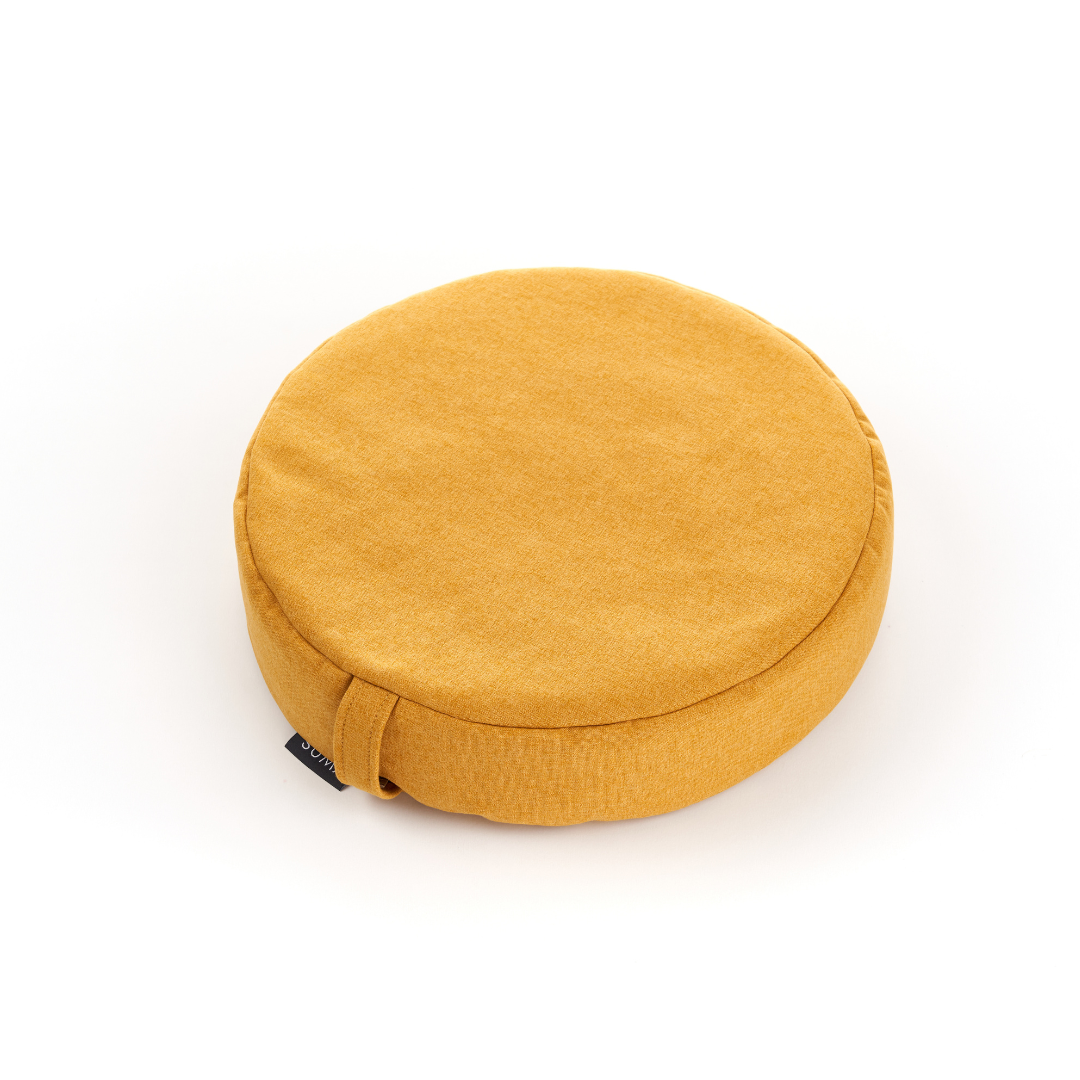
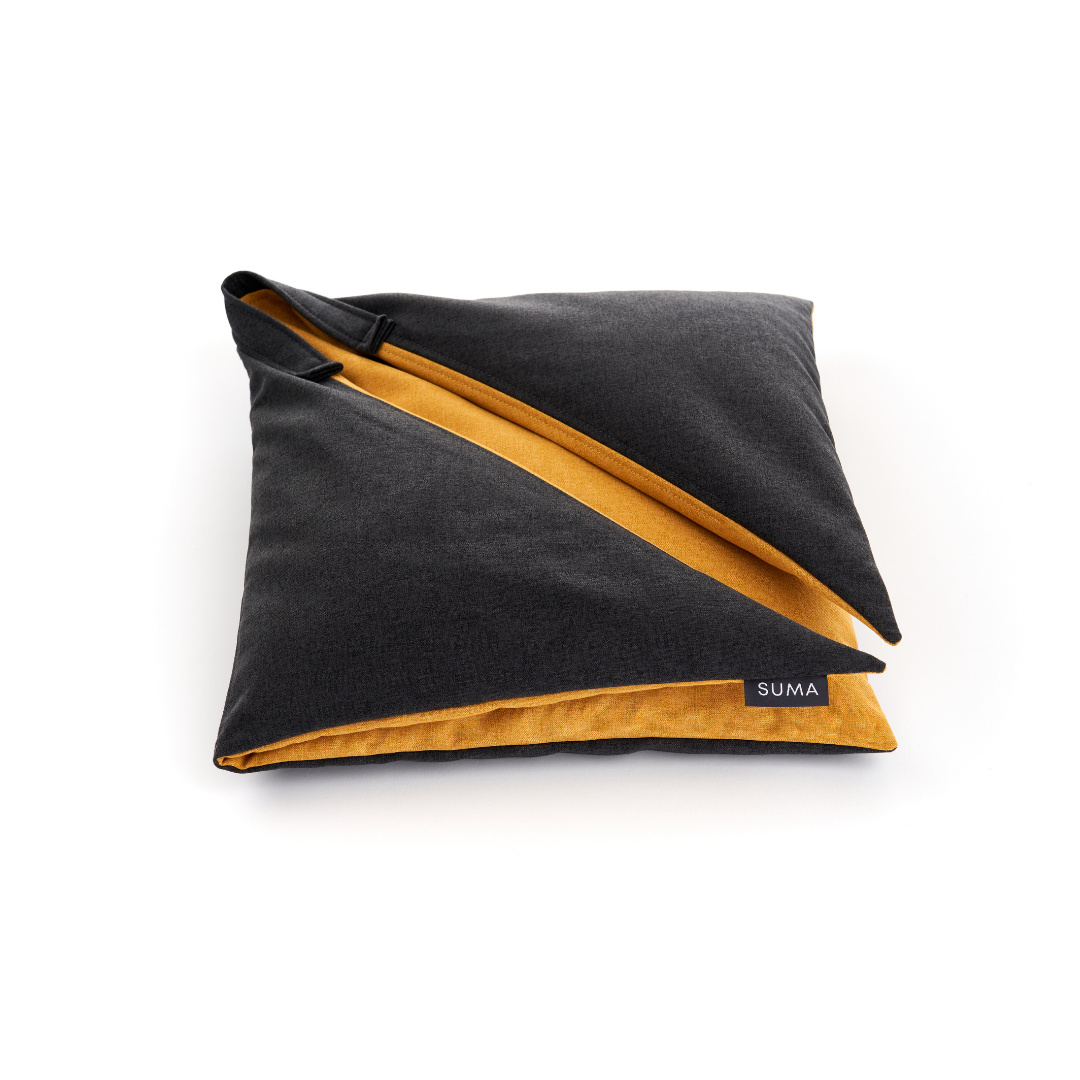
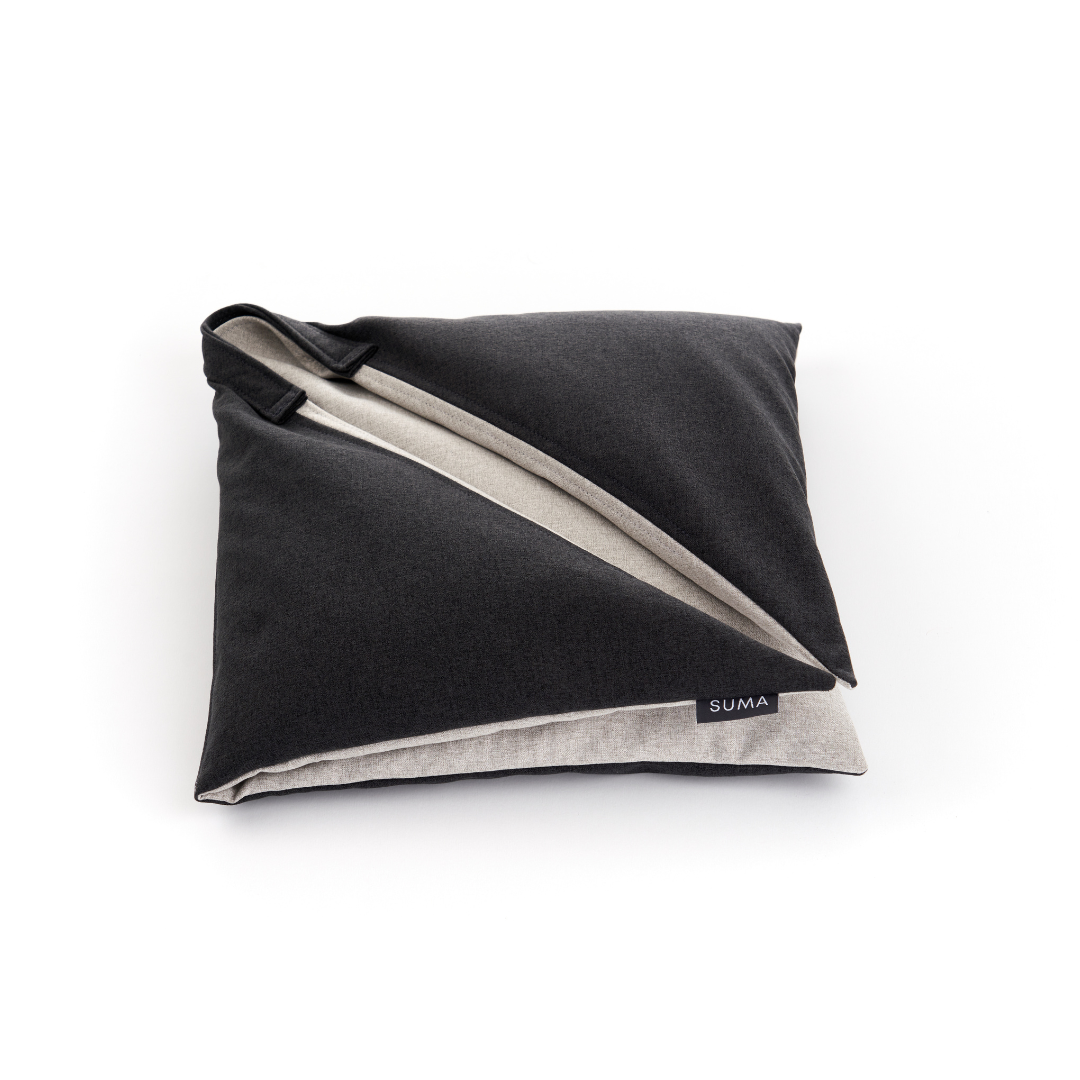
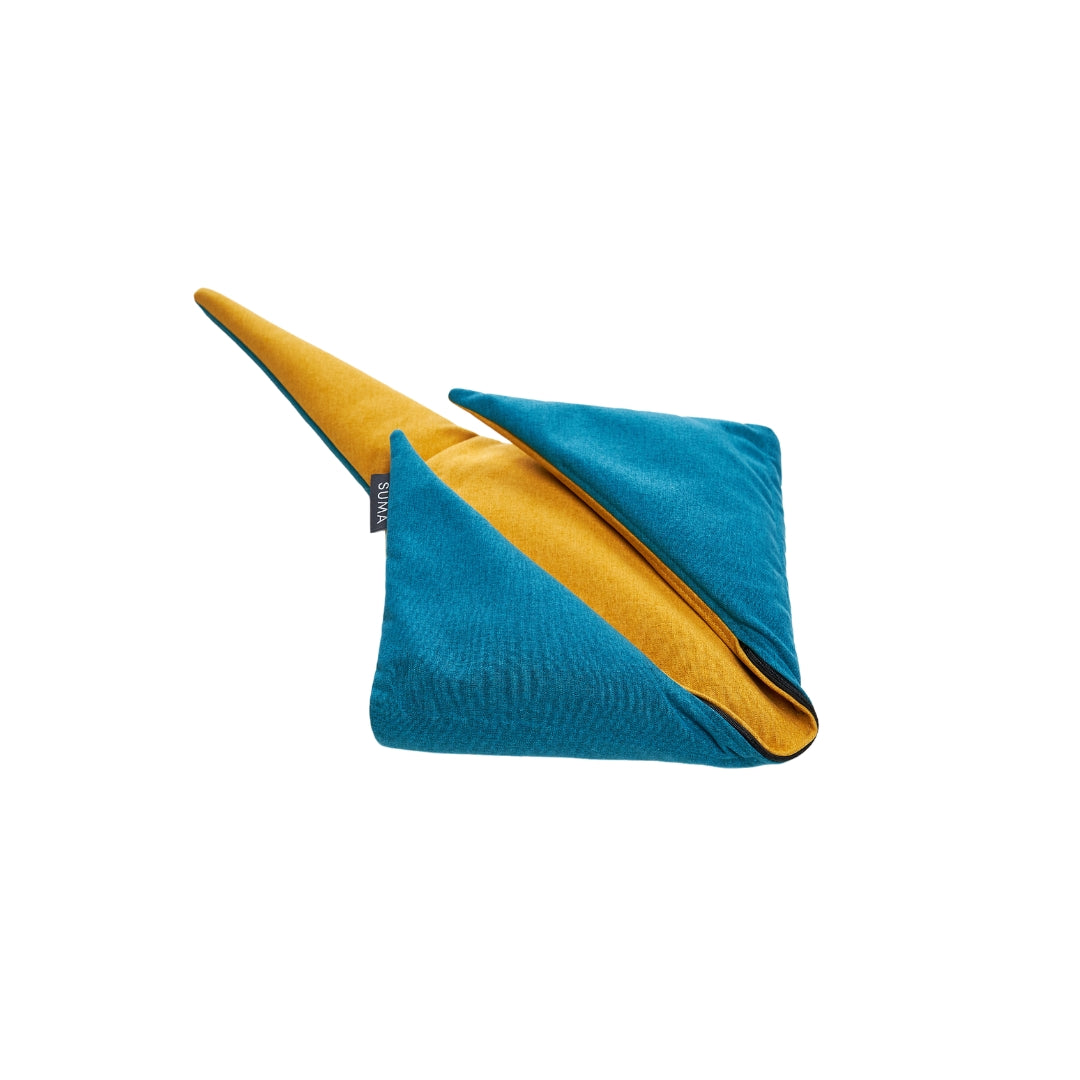
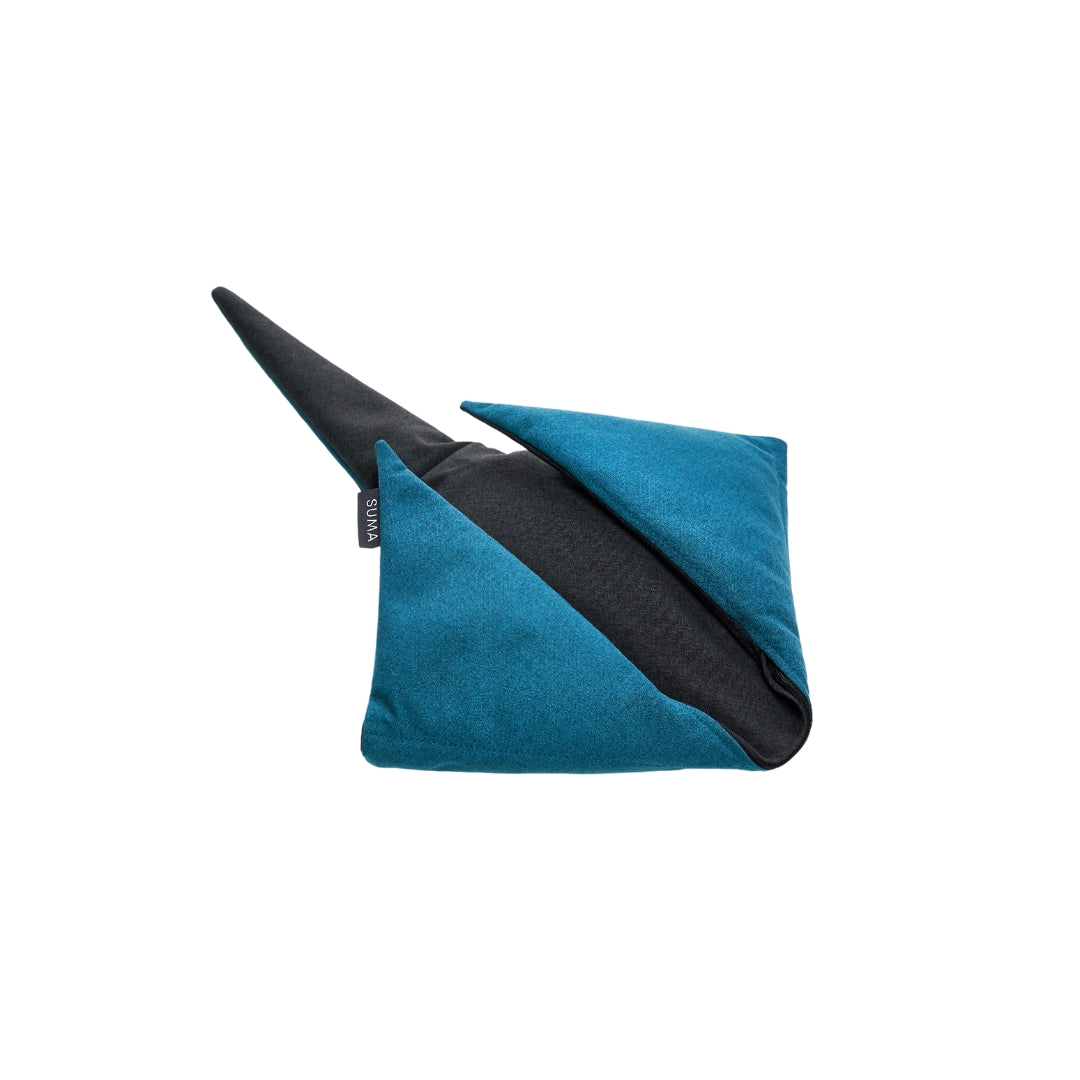
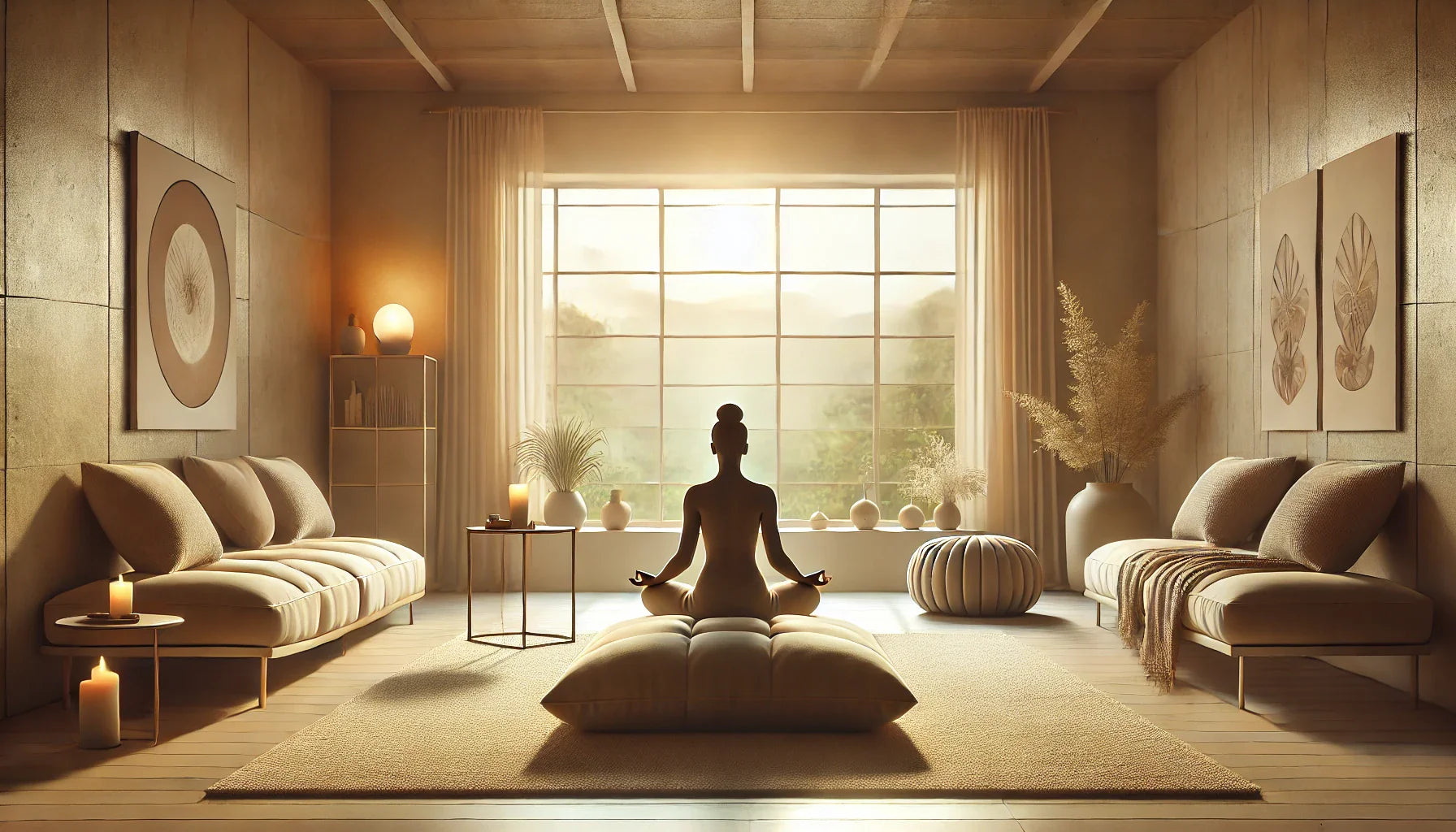

Leave a comment
All comments are moderated before being published.
This site is protected by hCaptcha and the hCaptcha Privacy Policy and Terms of Service apply.